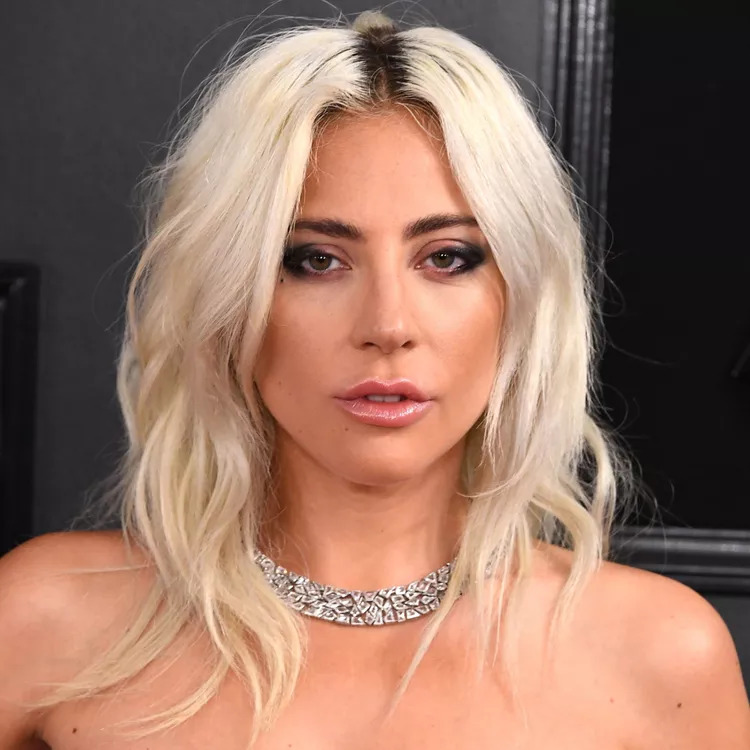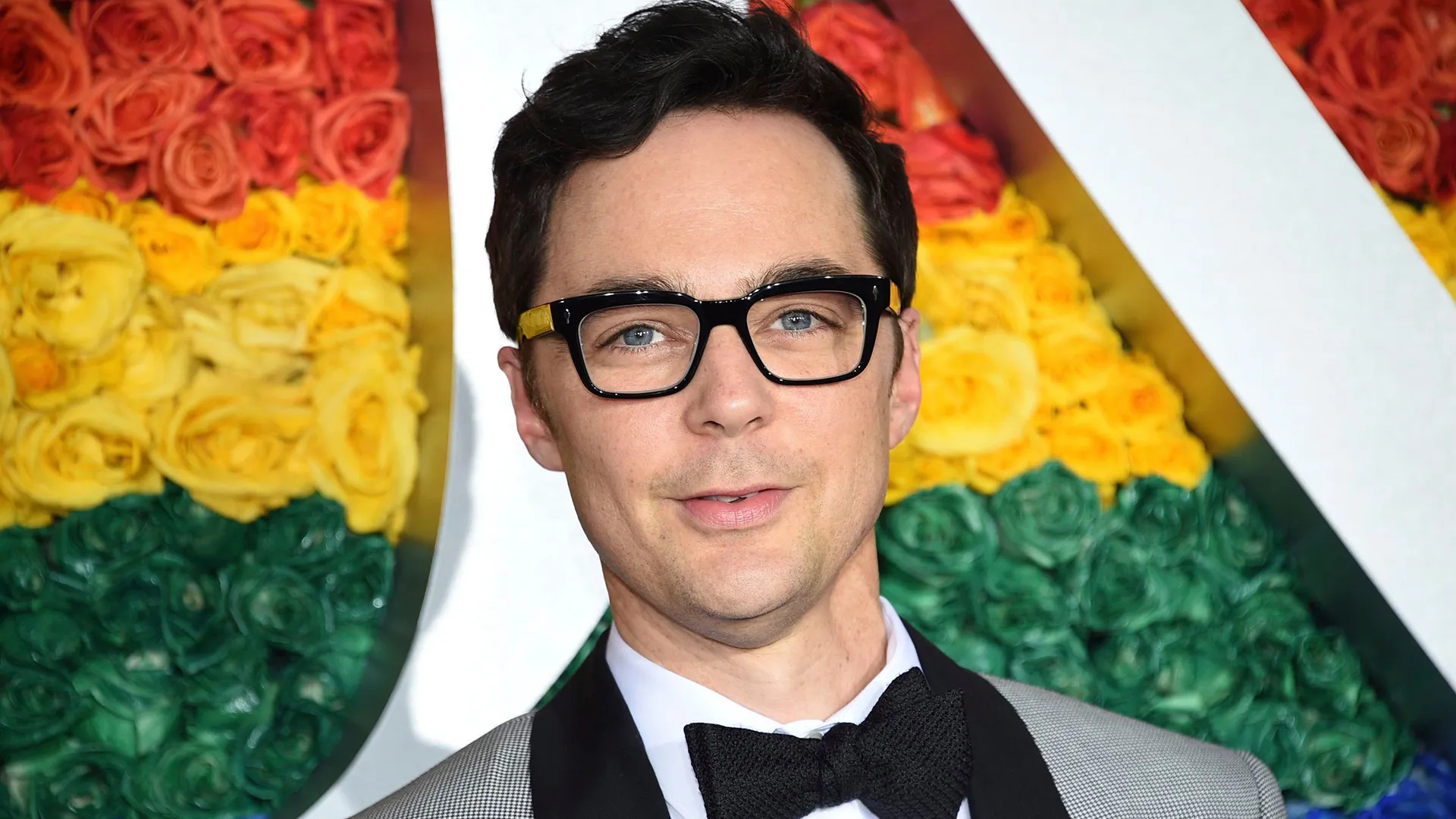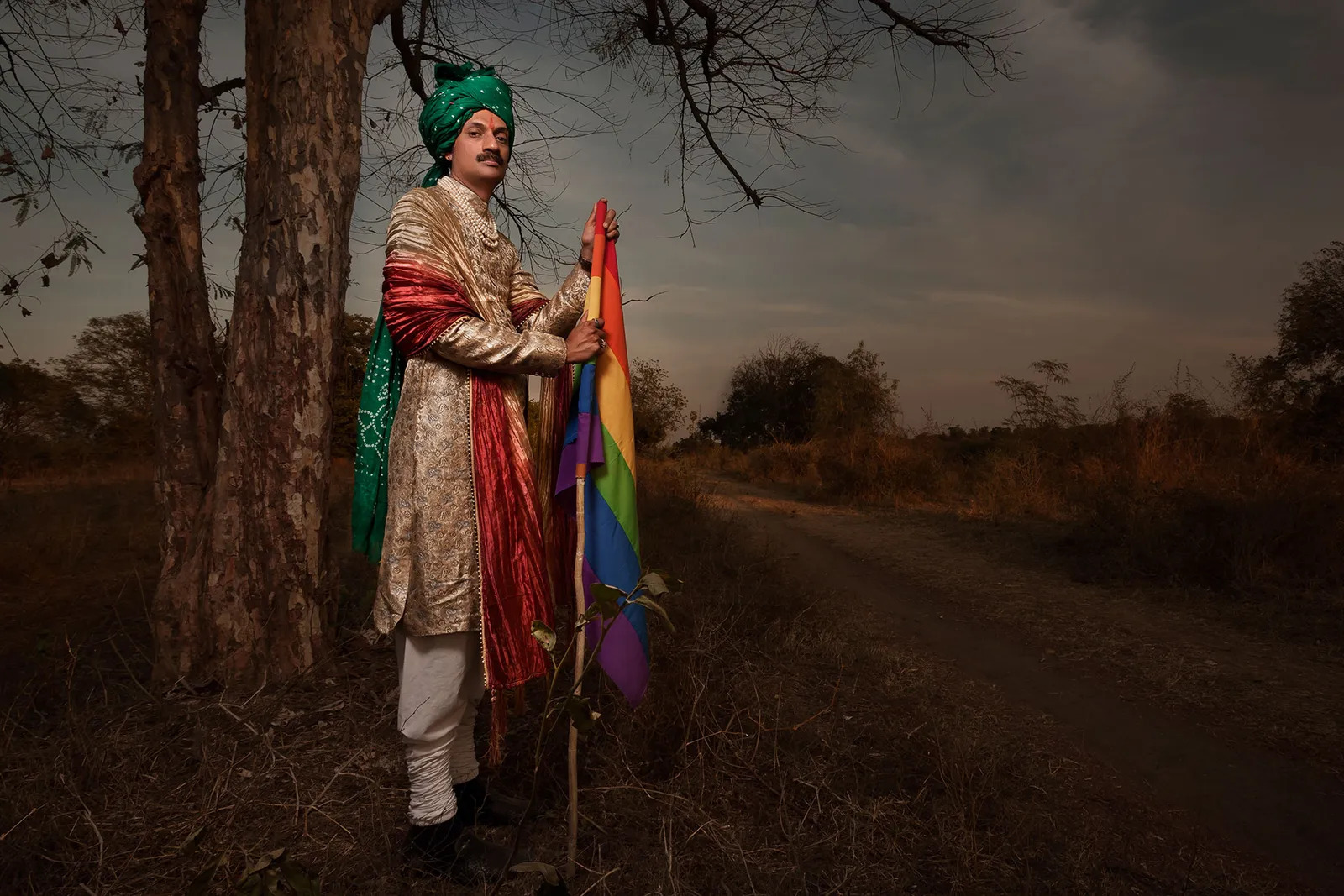For all of recorded history, there have been thriving communities on almost every continent that have honored and integrated more than two genders. The use of terms like transgender and gay assumes three things: that there are only two sexes (male and female), as many as two sexual orientations (gay and straight), and only two genders (man and woman). However, third, fourth, fifth, or more genders have their own long-standing traditions in hundreds of different communities across the globe.
Most Western societies have no direct association with this tradition, nor with the numerous other communities that do not have clear views of sex, sexuality, and gender. Gender expression is found all over the world. Take a trip to explore how other cultures view gender diversity.
A closer look of these five cultures reveals that the presence of more than two genders has been a part of the human experience for thousands of years.
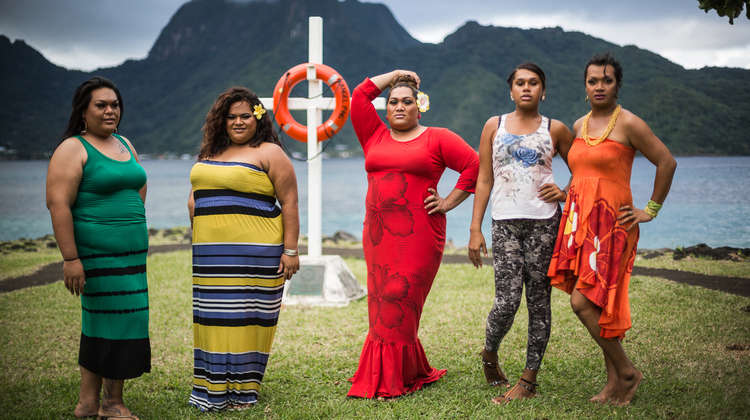
The Four Genders in Samoa
Within Samoan culture, the third and fourth genders of fa’afafine and fa’afatama have always existed. They mean “in the manner of women” (fa’a fafine) and “in the manner of men” (fa’a fatama); these genders are fluid and shift between the traditional worlds of men and women. In Samoan society, fa’afafines and fa’afatamas have distinct functions, which contrasts with transgenderism in Western society, which is yet to be widely accepted.
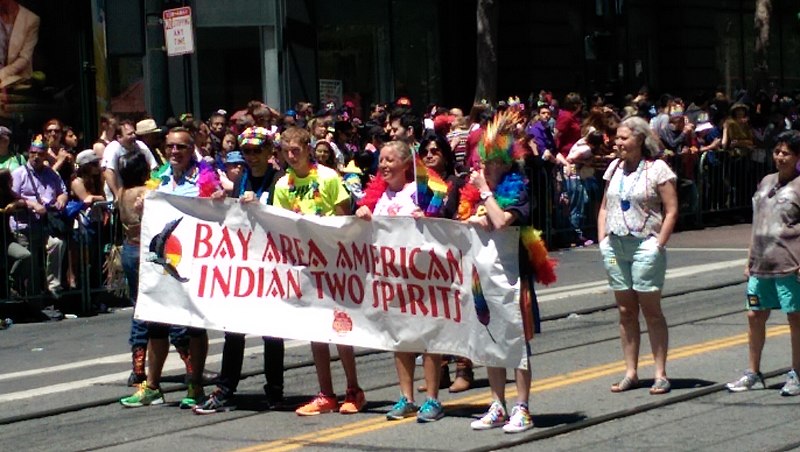
Two-Spirits in Native North American Navajo culture
Rather than emphasizing these person’s homosexuality, many Native Americans focused on their spiritual gifts. Even today, American Indian traditionalists consider a person’s core character as a manifestation of their soul. Because everything in the world is regarded to come from the spirit realm, androgynous or transgender people are considered doubly blessed because they have both the spirit of a man and the spirit of a woman. As a result of having two spirits, they are seen as more spiritually talented than the typical masculine male or feminine female.
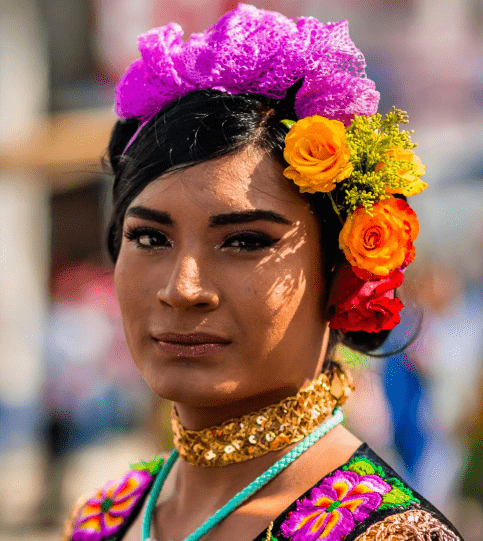
Mexico’s Muxe Community Celebrating Gender Queerness
A community of muxes in Juchitán, a small indigenous village in southern Oaxaca, continues to defy practically every Western notion of gender identity. Muxes strive to live free of labels such as male and female, a concept that perplexes even the most progressive regions of the world. These people are examples of how civilizations make room for life outside of the binary.
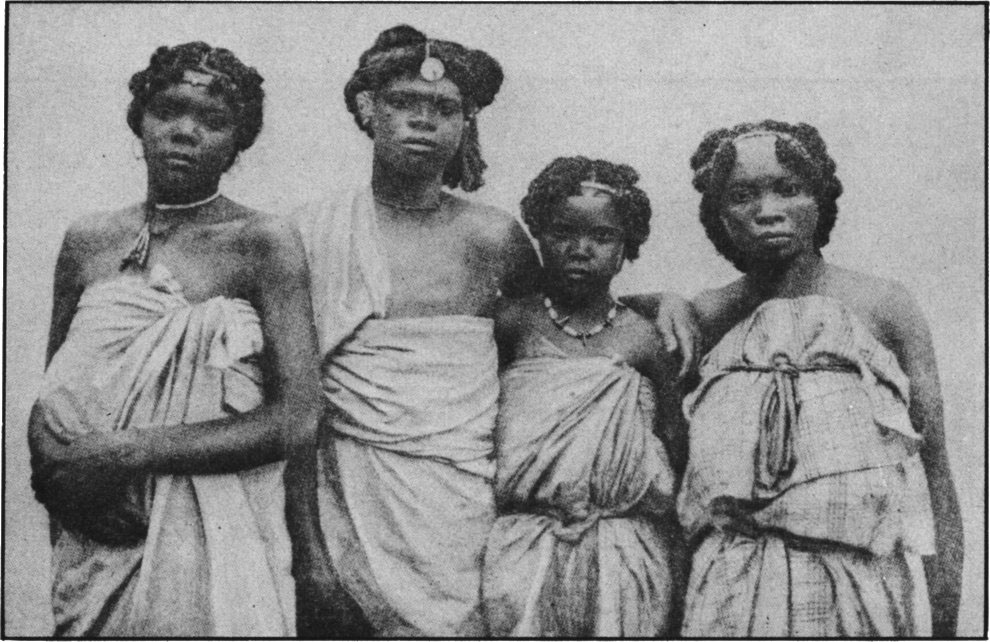
Sekrata – The Third Gender in Madagascar
Madagascar, a huge island off Africa’s east coast, is home to various ethnic tribes that acknowledge a third sexual identity. The Antandroy and the Hova, two of these clan-like groupings, refer to effeminate men as “Sekrata.” These biological men play a position in society that is similar to that of women. Young boys who are thought to have feminine qualities are labeled Sekrata from an early age. They are raised with this identity, wearing their hair in typical women’s styles, wearing dresses and jewelry, and even adopting ladylike voices. Some claim that sekrata individuals forget they were born masculine.
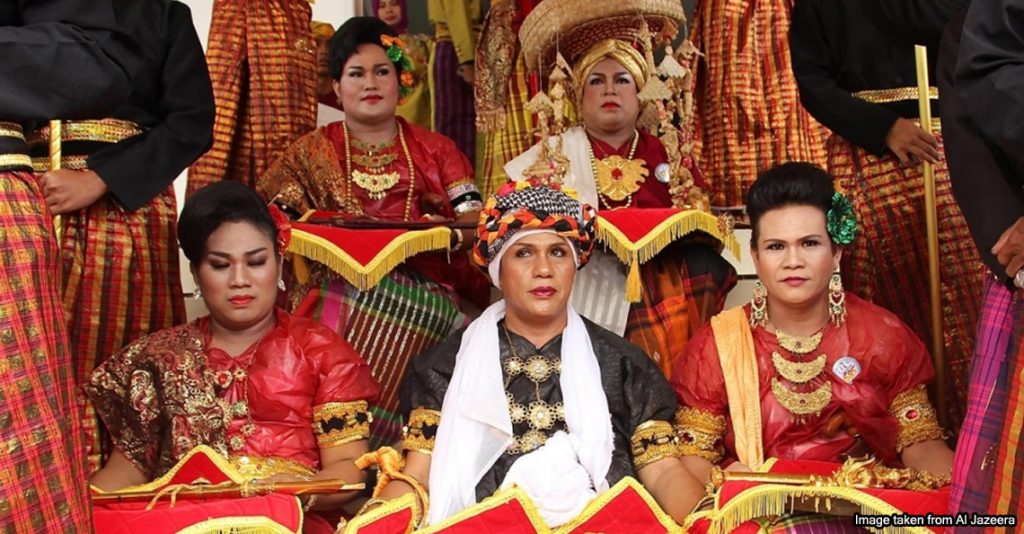
Five Genders in Indonesia Bugis Culture
In contrast to the gender binary, Bugis society recognizes five genders: makkunrai, oroani, bissu, calabai, and calalai. The concept of five genders has been a key part of their culture for at least six centuries,
Oroané are comparable to cisgender men, makkunrai to cisgender women, calalai to transgender men, and calabai to transgender women. The fifth gender is bissu, who are considered neither male nor female but represent the entire gender spectrum. bissu are androgynous or intersex and revered shamans or community priests and in daily social life, the bissu, the calabai, and the calalai may enter the dwelling places and the villages of both men and women.


